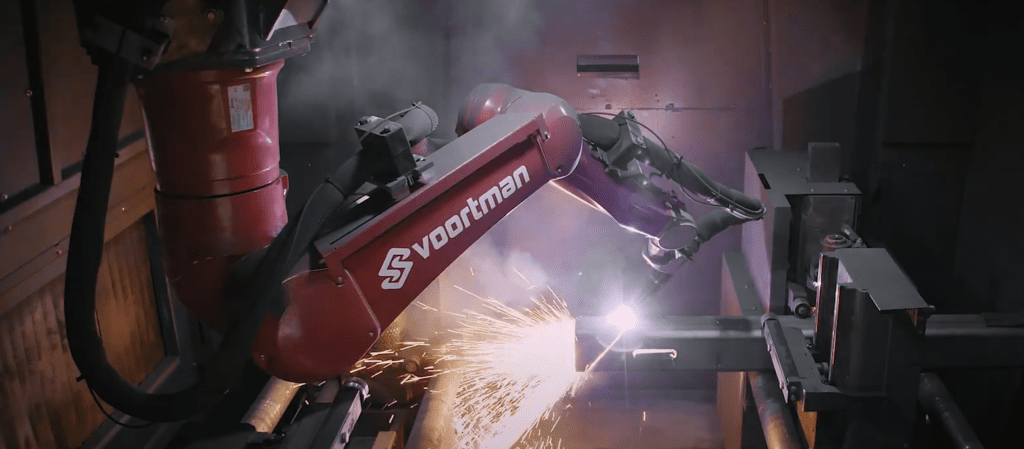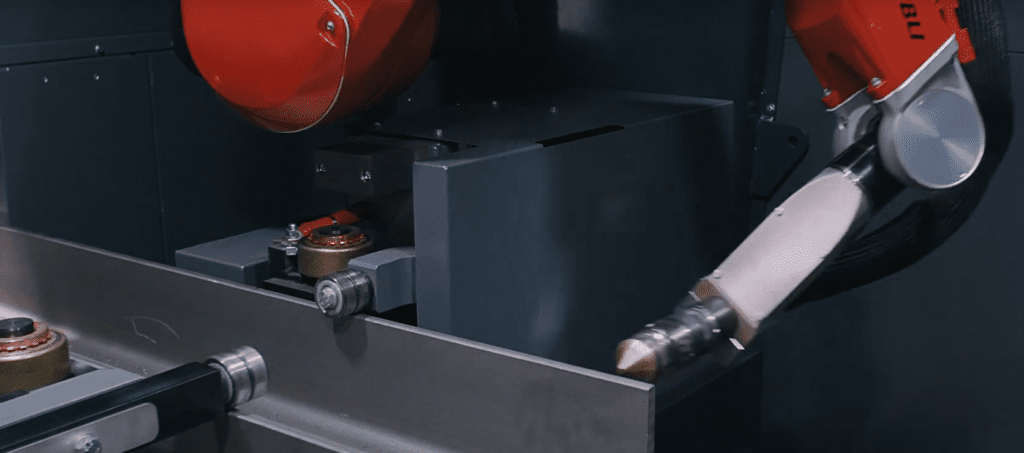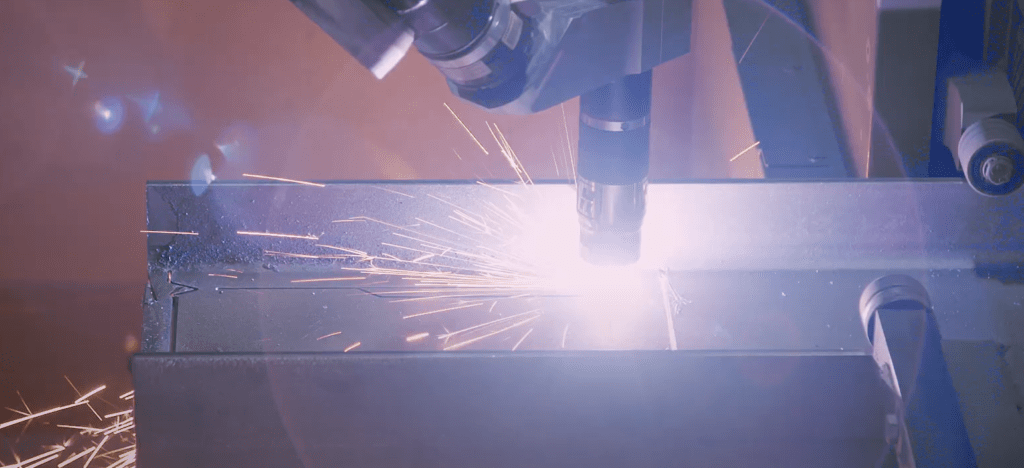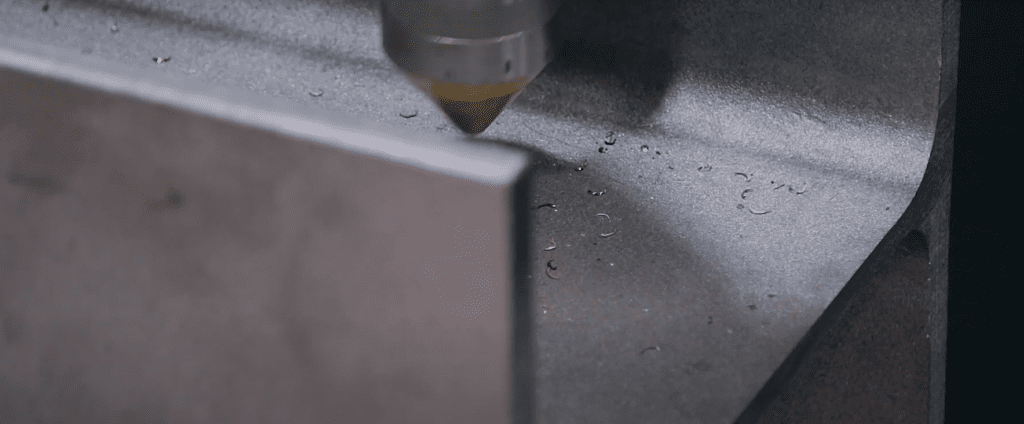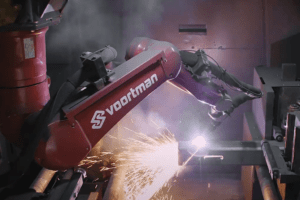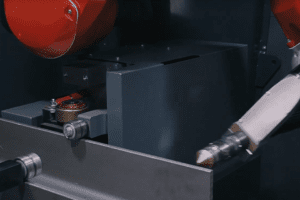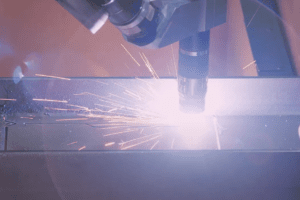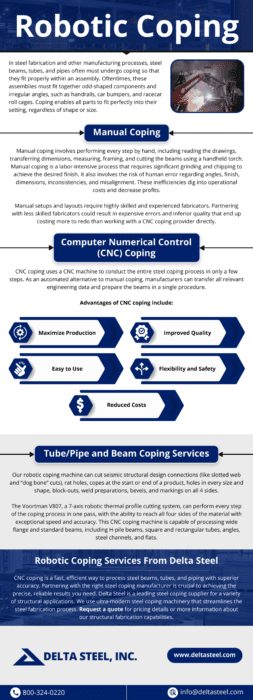In steel fabrication and other manufacturing processes, steel beams, tubes, and pipes often must undergo coping so that they fit properly within an assembly. Oftentimes, these assemblies must fit together odd-shaped components and irregular angles, such as handrails, car bumpers, and racecar roll cages. Coping enables all parts to fit perfectly into their setting, regardless of shape or size.
Manual Coping vs. CNC Coping
There are two types of steel coping methods manufacturers use: manual and automated. Read on to learn what each process entails.
Manual Coping
Manual coping involves performing every step by hand, including reading the drawings, transferring dimensions, measuring, framing, and cutting the beams using a handheld torch. Manual coping is a labor-intensive process that requires significant grinding and chipping to achieve the desired finish. It also involves the risk of human error regarding angles, finish, dimensions, inconsistencies, and misalignment. These inefficiencies dig into operational costs and decrease profits.
Manual setups and layouts require highly skilled and experienced fabricators. Partnering with less skilled fabricators could result in expensive errors and inferior quality that end up costing more to redo than working with a CNC coping provider directly.
Computer Numerical Control (CNC) Coping
CNC coping uses a CNC machine to conduct the entire steel coping process in only a few steps. As an automated alternative to manual coping, manufacturers can transfer all relevant engineering data and prepare the beams in a single procedure.
Manual Coping
Advantages of CNC coping include:
- Maximize production: CNC machines can handle multiple coping steps quickly. You can work on more beams and produce more from a single machine, with minimal manual labor intervention.
- Improved quality: CNC technology calibrates every cope on a granular level. It can make precise, high-quality cuts, incisions, and holes without mistakes, inconsistencies, or improper finishes. CNC coping eliminates the risk of human error, which is always prevalent in manual coping.
- Easy to use: CNC coping technology is easy to use while offering sophisticated capabilities like 3D simulation. Unlike the highly trained and paid fabricators necessary for manual coping, only basic training is needed to operate CNC coping machines.
- Flexibility and safety: In every work environment, safety comes first. CNC coping minimizes worker movements and direct contact with cutting tools, creating a safer work environment. Machines self-adjust to measurement inputs, getting rid of the inefficiencies of manual adjustment and setup. Some machines also clean up automatically. Furthermore, CNC coping enables more material and design varieties than manual coping.
- Reduced costs: A user-friendly, efficient system translates to improved manufacturing results, good ROI, and reduced material waste. A CNC coping machine also only requires a single operator, reducing labor costs.
Tube/Pipe and Beam Coping Services
Our robotic coping machine can cut seismic structural design connections (like slotted web and “dog bone” cuts), rat holes, copes at the start or end of a product, holes in every size and shape, block-outs, weld preparations, bevels, and markings on all 4 sides.
The Voortman V807, a 7-axis robotic thermal profile cutting system, can perform every step of the coping process in one pass, with the ability to reach all four sides of the material with exceptional speed and accuracy. This CNC coping machine is capable of processing wide flange and standard beams, including H-pile beams, square and rectangular tubes, angles, steel channels, and flats.
Robotic Coping Services From Delta Steel
CNC coping is a fast, efficient way to process steel beams, tubes, and piping with superior accuracy. Partnering with the right steel coping manufacturer is crucial to achieving the precise, reliable results you need. Delta Steel is a leading steel coping supplier for a variety of structural applications. We use ultra-modern steel coping machinery that streamlines the steel fabrication process. Request a quote for pricing details or more information about our structural fabrication capabilities.


